Adding landscaping to your home can increase its value by improving curb appeal, increasing usable outdoor living space, and enhancing the overall aesthetic of the property.
Landscaping can be an effective and affordable way to add value to your home. From increasing curb appeal to creating a more inviting outdoor space, landscaping can make a big difference in the look and feel of your home.
In this blog post, we’ll discuss some of the most important ways that landscaping can increase the value of your property. We’ll also provide tips on how you can get started with landscaping projects that will maximize value for your home.
Look Inside:
Plant Trees
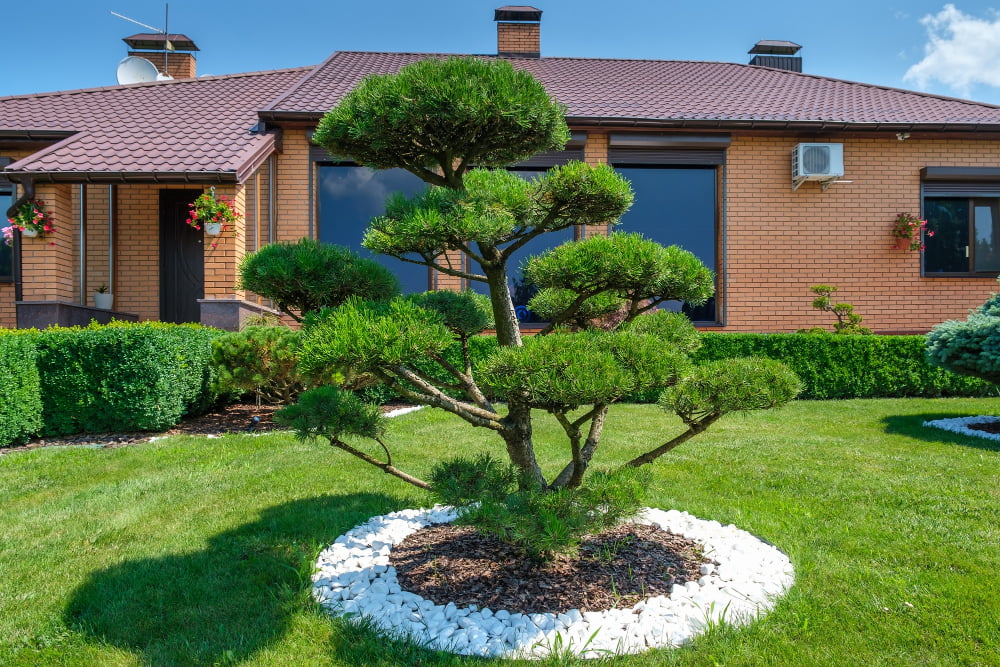
Trees can provide shade, privacy, and beauty to your outdoor space. They also help reduce energy costs by providing natural cooling in the summer and protection from wind in the winter.
Trees can increase property values by up to 15%. When selecting trees for your landscape, consider their size at maturity as well as how much maintenance they require.
Planting native species that are adapted to local conditions will ensure that they thrive with minimal care.
Shrubs
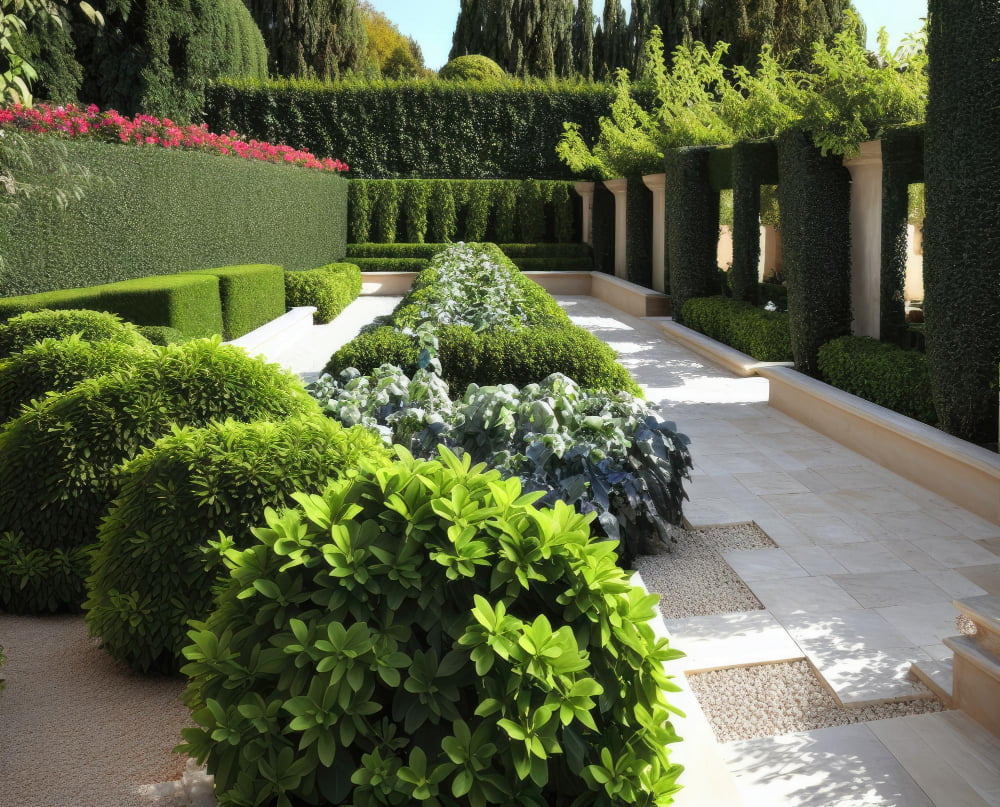
They can be used as a border around the perimeter of your property, or planted in clusters for an attractive focal point. Shrubs come in many shapes and sizes, so you can choose one that fits the style of your home and landscape.
Planting shrubs near windows or walkways will create an inviting entrance to your home, while also providing privacy from neighbors or passersby. Shrubs provide year-round interest with their evergreen foliage and colorful blooms during certain seasons.
With proper care and maintenance, shrubs can last for years and increase the curb appeal of your property.
Flowers
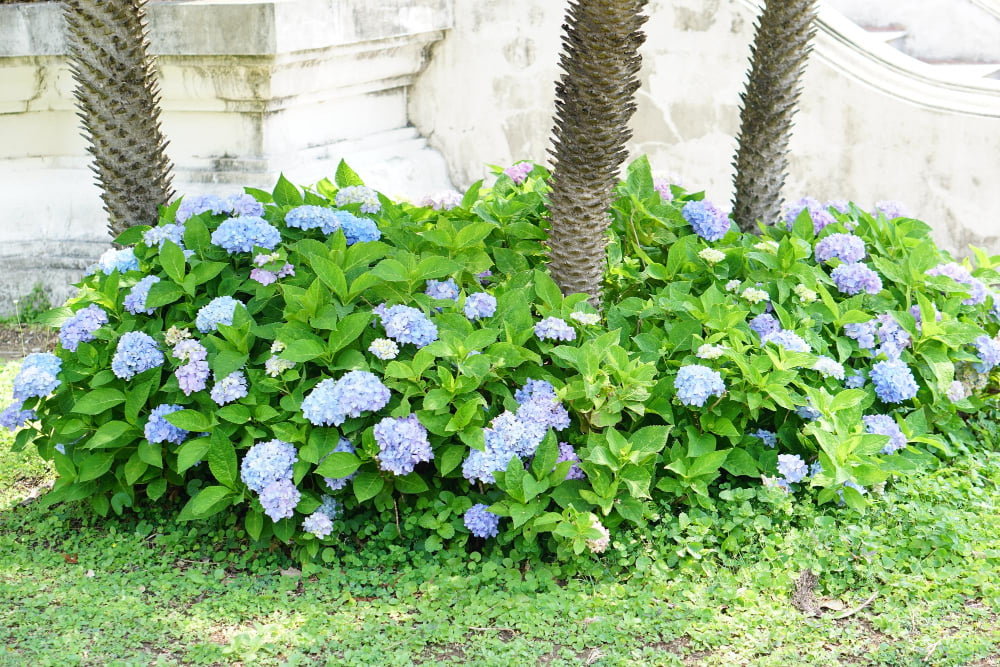
Flowers provide color, texture, and scent that can make any outdoor space more inviting. They also attract pollinators like bees and butterflies, which help keep the environment healthy.
When choosing flowers for your landscape, consider the climate in which you live and select plants that are well-suited for it. Consider how much sun or shade each area of your yard gets throughout the day when selecting plants as well.
Think about how much maintenance you’re willing to do; some flowers require more care than others such as deadheading spent blooms or pruning back overgrown stems. Choose colors that complement each other and create a pleasing aesthetic in order to maximize visual appeal and increase curb appeal of your home.
Install Hardscaping Features Such As Walkways and Patios

Hardscaping refers to the use of non-living materials such as stone, brick, or concrete in landscaping design. Walkways are paths made from these materials that can be used for both aesthetic and practical purposes.
Patios are outdoor living spaces that can be used for entertaining guests or simply enjoying the outdoors. Both of these features will increase the curb appeal of your home and make it more attractive to potential buyers if you ever decide to sell.
They provide a safe and durable surface for walking on which can help prevent slips and falls on wet surfaces or uneven ground. Installing hardscaping features is an easy way to add value to your home without breaking the bank!
Add Outdoor Lighting Fixtures
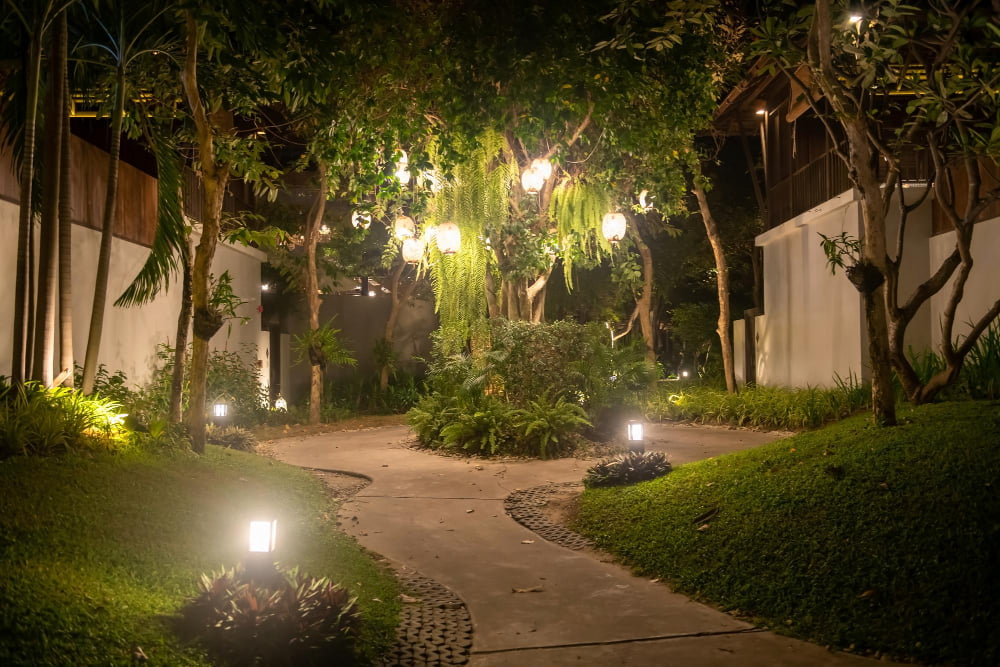
By strategically placing lights around the perimeter of your property, you can create an inviting atmosphere and make it easier for visitors to find their way around. Outdoor lighting fixtures can help highlight certain features of your landscape such as trees or flower beds, making them stand out even more.
Furthermore, they provide extra security by deterring potential intruders and providing visibility at night. Installing outdoor lighting fixtures is relatively easy and cost-effective; however, it is important to consider the type of light fixture that will best suit your needs before purchasing one.
Incorporate Water Features Like Ponds or Fountains
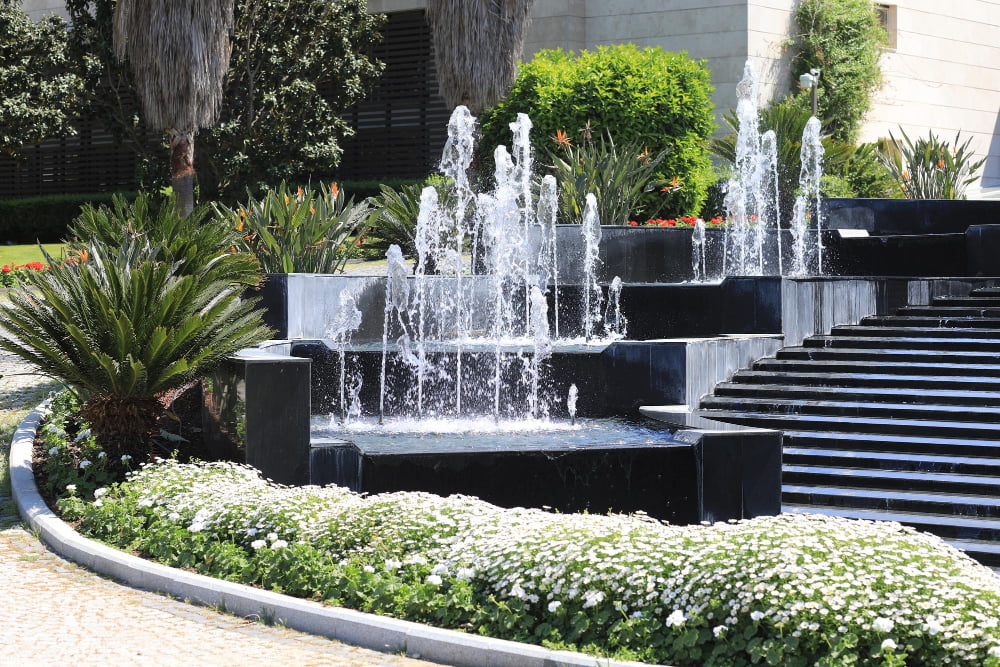
Ponds and fountains create a peaceful atmosphere, adding visual interest and texture to the landscape. They also provide a habitat for wildlife, such as birds and fish, which can be an attractive feature for potential buyers.
They help reduce noise pollution from nearby roads or other sources of sound. Installing a pond or fountain requires careful planning in order to ensure that it is properly designed and installed so that it will last for years to come.
It is important to consider factors such as size, shape, depth, location and maintenance requirements when selecting the right water feature for your home’s landscape design.
Utilize Vertical Space With Trellises or Walls for Privacy Screening
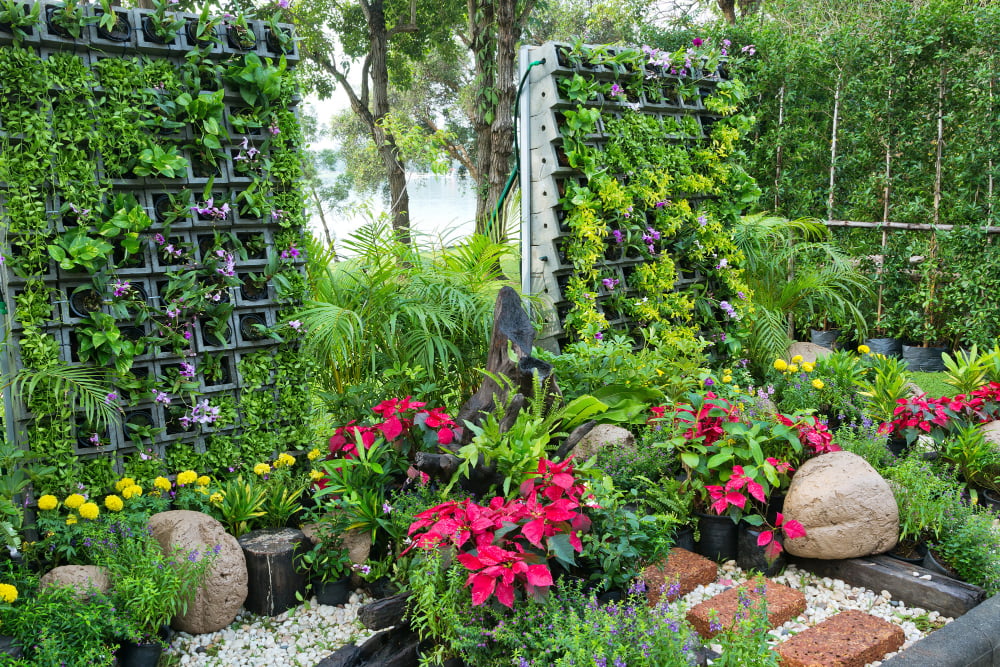
Trellises can be used as a decorative feature, providing privacy screening while also allowing for the growth of climbing plants such as vines or roses. Walls can be built from various materials such as brick, stone, wood, or metal and provide more substantial privacy screening than trellises.
Both trellises and walls can be designed with intricate patterns that will enhance the aesthetic appeal of any outdoor space. These features can help create distinct areas within a landscape design that will make it easier to navigate and enjoy the outdoors.
Create an Inviting Outdoor Living Area With Seating and Fire Pits
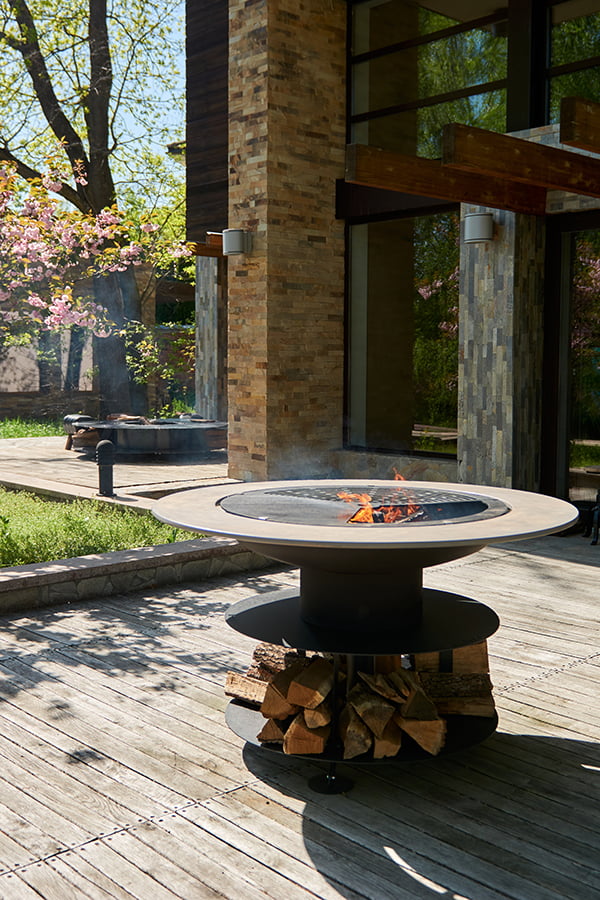
Seating can be arranged in a variety of ways, such as around a fire pit or on the patio. Fire pits provide warmth and ambiance, making it easy for family and friends to gather outdoors during cooler months.
They also create an attractive focal point that adds visual interest to the landscape. When selecting furniture for your outdoor living area, choose pieces that are comfortable and durable enough to withstand weather conditions.
Consider adding lighting fixtures or string lights for added atmosphere at night. With these elements in place, you will have created an inviting space where you can relax and entertain guests year-round!